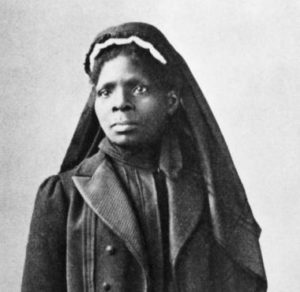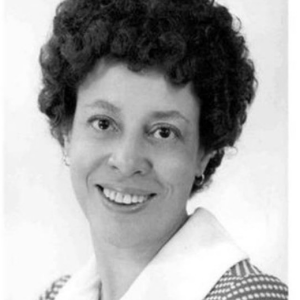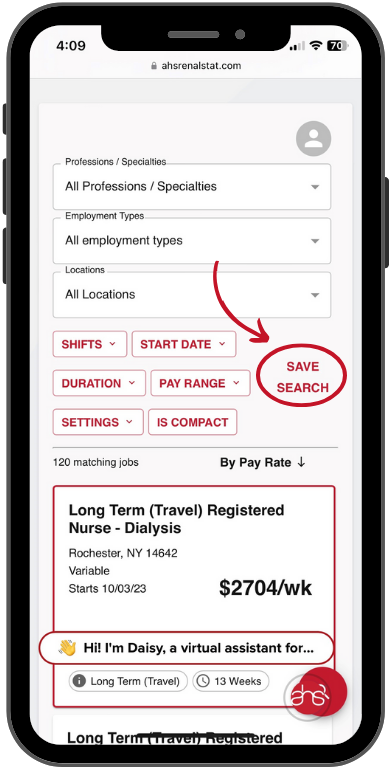To honor Black History Month, we want to shed light on the extraordinary achievements made by some and felt by all. As we look into the future of healthcare, we must also remember the trailblazers, the pioneers, and the revolutionaries that brought us to where we are today.
Here are four Black leaders that helped shape the healthcare industry as we know it:
Hazel W. Johnson-Brown
Born on October 10, 1927, Hazel, a sibling of seven, grew up in a farming family in the rural Quaker town of Malvern, PA. Beyond working on her family’s acreage, she started domestic work outside the home at twelve years old. A few years later, she applied to the Chester School of Nursing, where she was denied admission because of her skin color.
Determined to become a nurse, she started training at the Harlem Hospital School of Nursing, where she graduated in the spring of 1950. In 1959, she went on to earn her bachelor’s degree in nursing from Villanova University, a master’s degree in Nursing Education from Columbia University in 1963, and a Ph.D. in Educational Administration from the Catholic University of America in 1978.
Throughout her journey in higher education, she joined the Army Nurse Corps in 1955. In the 1960s, she helped train surgical nurses headed to Vietnam. After completing her doctoral studies, she was appointed Director of the Walter Reed Army Institute for Nursing. Later on, Johnson made history as the first African American woman General in the history of the U.S. military.
For more information on the life and contributions of Hazel W. Johnson-Brown, read more here.
Susie King Taylor
Born into slavery on August 6, 1848, in Liberty County of coastal Georgia, Taylor was raised by her mother – who was a domestic servant at the time. By the age of seven, she moved to Savannah, GA, with her grandmother Dolly, who encouraged Taylor to learn how to read and write. Following her grandmother’s wishes, she attended two “secret” schools taught by freed African American women.
Once the Civil War broke out in 1861, 14-year-old Taylor, now more educated than her former teachers, found herself seeking safety behind Union lines on the South Carolina Sea Islands. Soon after, she joined the First South Carolina Volunteers, serving as the first African American woman regiment in the U.S. Army.
In 1863, she began nursing through a combination of traditional and folk remedies for the men in her regiment. She even snuck into the tents of soldiers who had been quarantining with smallpox and provided them with the care they needed to recover. In 1902, Taylor published a memoir detailing her experiences in the war – becoming the first African American woman nurse to write about the Civil War.
For more information on the life and contributions of Susie King Taylor, read more here.
Goldie D. Brangman
Born on October 2, 1920, in Maryland, Brangman started out her career as a volunteer for the American Red Cross in 1940. In 1946, she started working at Harlem Hospital in New York City, NY, where she would attend class during the daytime and work overnights.
In 1958, Brangman physically operated the breathing bag that kept Dr. Martin Luther King Jr. alive during an emergency heart surgery at Harlem Hospital.
“You bagged them in those days; you could sense changes like compliance that way. You had your hand on the patient the entire time,” Brangman said.
She remained at Harlem Hospital for another 45 years after the assassination attempt on Dr. King’s life. Goldie D. Brangman, MBA, MEd, CRNA, became the first and only African American woman president of the American Association of Nurse Anesthetists (AANA.) On October 2, 2017, she celebrated her 100th birthday with friends and family.
For more information on the life and contributions of Goldie D. Brangman, read more here.
Estelle Massey Osborne
Born in 1901, in Palestine, TX, Osborne was the eighth of eleven children. With her parents pushing for all of the kids to go to college, she joined the first nursing class of St. Louis City Hospital and became the head nurse after graduating in 1923. In 1930, Osborne graduated with a bachelor’s degree from Columbia University. The following year, she became the first African American to graduate with a master’s in nursing.
In 1934, Osborne worked as a researcher for the Rosenwald Fund and returned to the St. Louis City Hospital (now Howard University) to become its first Black Director of Nursing. In the same year, she was elected president of the National Association of Colored Graduate Nurses (NACGN). There, she worked with nursing institutions like the American Nurses Association (ANA) and lobbied them to accept Black nurses across the nation.
Over the next 20 years, Osborne served in many national leadership roles. Some including the first African American member of the ANA Board of Directors (1948-1952), Assistant Director of the National League for Nursing, and the First Vice-President of the National Council of Negro Women – along with many more.
For more information on the life and contributions of Estelle Massey Osborne, read more here.






